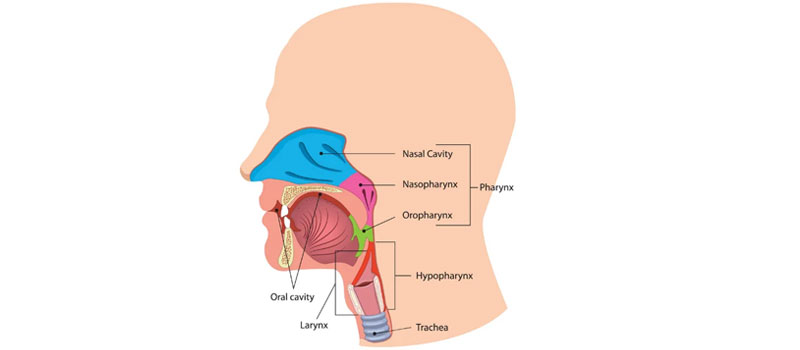
Head & Neck Cancer
Head and Neck Cancer refers to a diverse group of malignancies that develop in the tissues and organs of the head and neck region, including the oral cavity, throat (pharynx), voice box (larynx), nasal cavity, sinuses, and salivary glands. These cancers are often associated with risk factors such as tobacco use (both smoking and chewing), excessive alcohol consumption, prolonged exposure to certain chemicals, and infections with viruses like Human Papillomavirus (HPV) and Epstein-Barr Virus (EBV). Early detection plays a crucial role in improving survival rates and reducing complications.
Symptoms, Diagnosis, and Treatment
Symptoms of Head and Neck Cancer may vary based on the location but commonly include a persistent sore throat, hoarseness, difficulty swallowing, a lump or swelling in the neck, non-healing mouth ulcers, or unexplained weight loss. Diagnosis typically involves a thorough physical examination, endoscopic evaluation, imaging tests such as CT scan, MRI, or PET-CT, and a biopsy for tissue confirmation. Treatment options depend on the cancer type, size, stage, and the patient’s overall health condition. Common treatments include surgery, radiation therapy, chemotherapy, targeted therapy, or a combination of these. A multidisciplinary team approach, involving ENT surgeons, oncologists, radiation specialists, and rehabilitation experts, is essential for providing personalized care and achieving the best possible outcomes.
